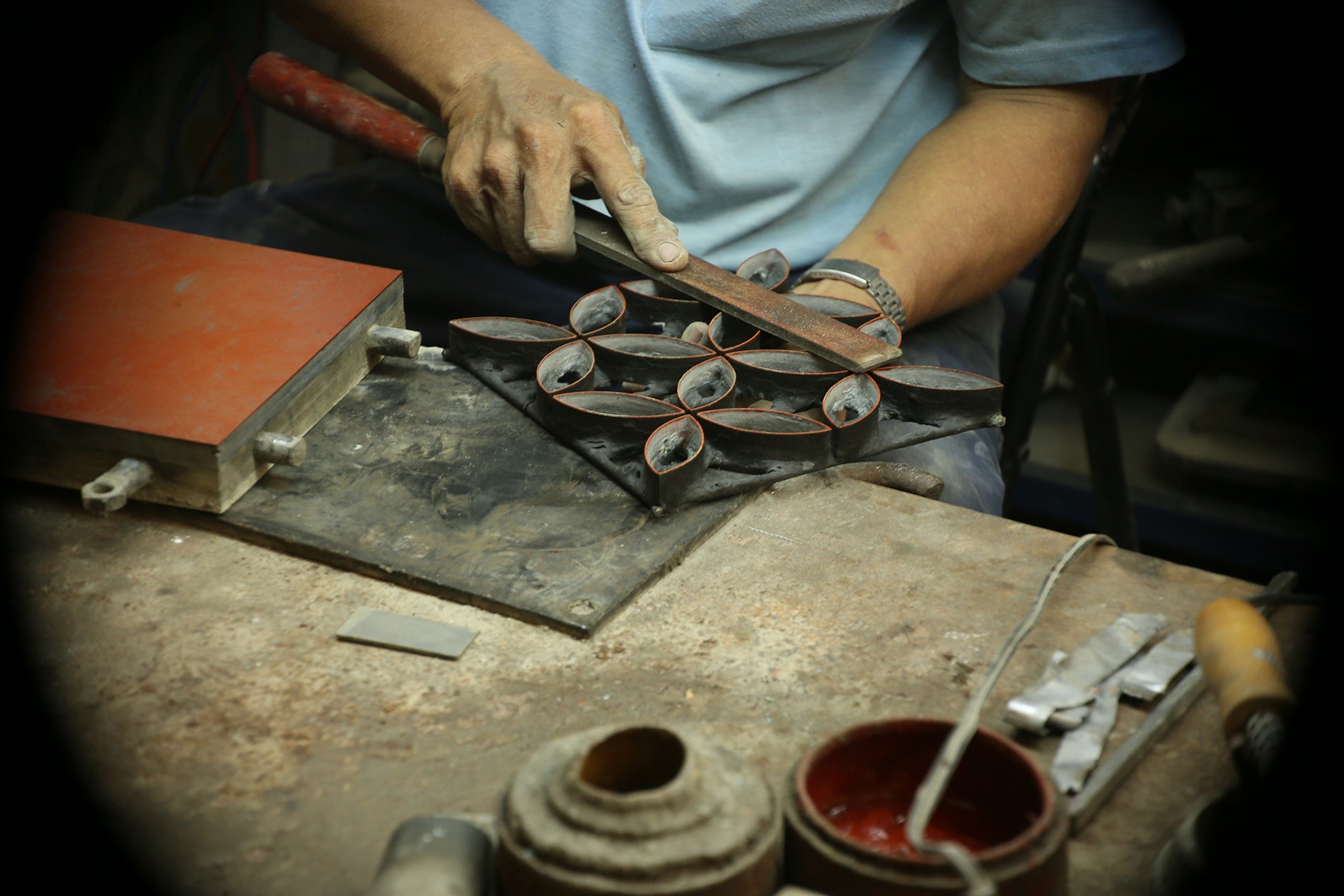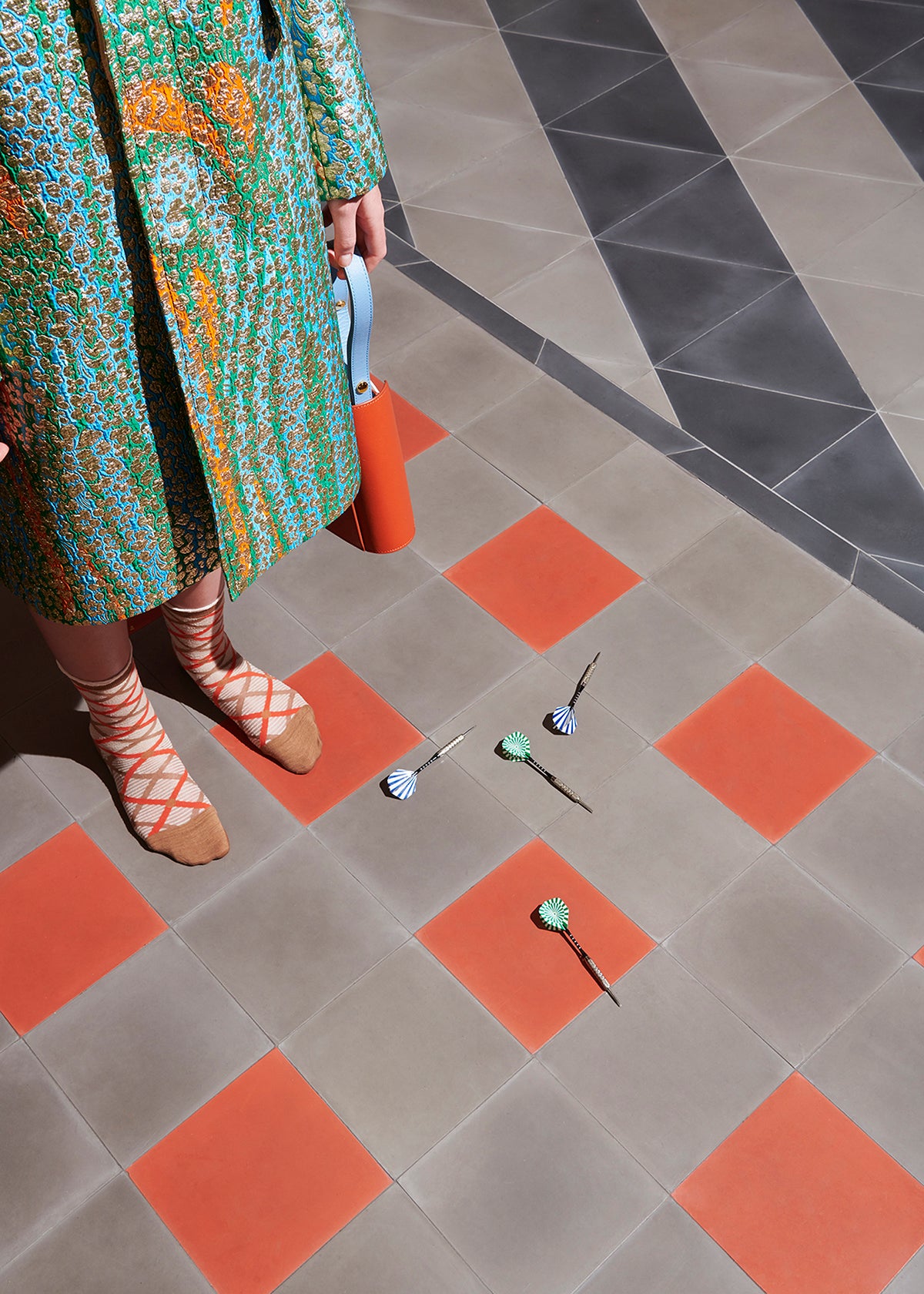why it’s finally time for the new era of cement
by clé tile | published: May 09, 2023

it all started, as it so often does, with travel — that time when our eyes, minds, and hearts are most open, when we’re in the moment, in the flow, in the throes of discovery. often it's the food that steals our hearts. or the drink. or a way of being. or maybe even romance. for artist and clé founder Deborah Osburn it was tile. cement tile, to be exact.
stepping back in time
in Europe and Latin America, she saw quietly vibrant floors and walls — clearly crafted by hand — that had acquired rich patina over time, lending color and softness to rustic homes, everyday cafes and grand palazzi.

Modern cement tile installation in Puglia, Italy. design: valari at masseria belvedere / photo: lorenzo zandri
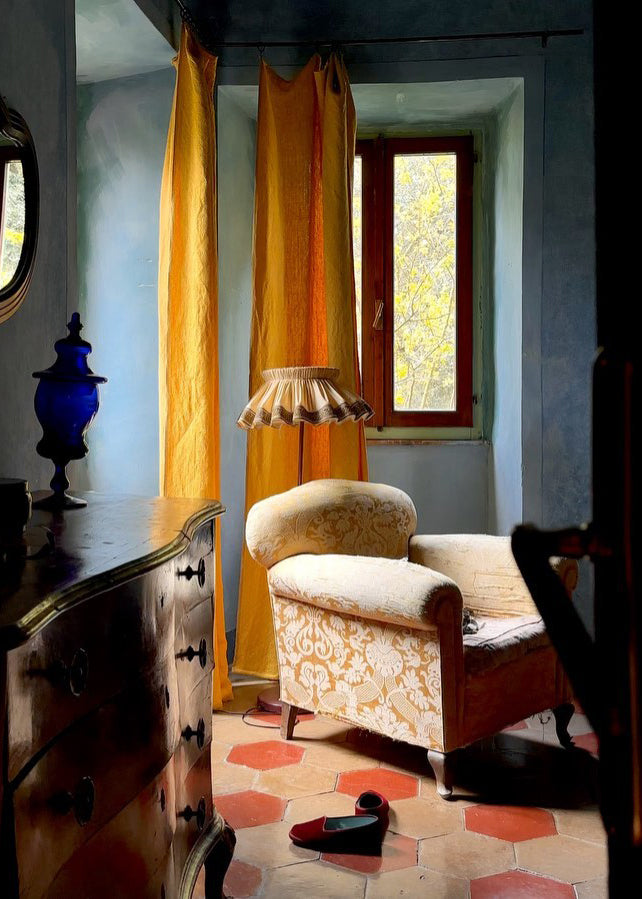
Original cement floor tile. Italy (source)
when Osburn returned to the US, it was these mesmerizing surfaces she missed the most: they were nowhere to be found. cement — if you could find it at all — was mass produced and of low quality (with not a drop of the richness and character she’d seen) — or very high design with a matching price tag.
smitten with this “living” surface that ages with the grace of wood or leather, she resolved to introduce America to hand-crafted cement made in the artisan tradition, and to give cement its rightful place — in the spotlight.
and that’s just what happened. but getting there wasn’t exactly straightforward.
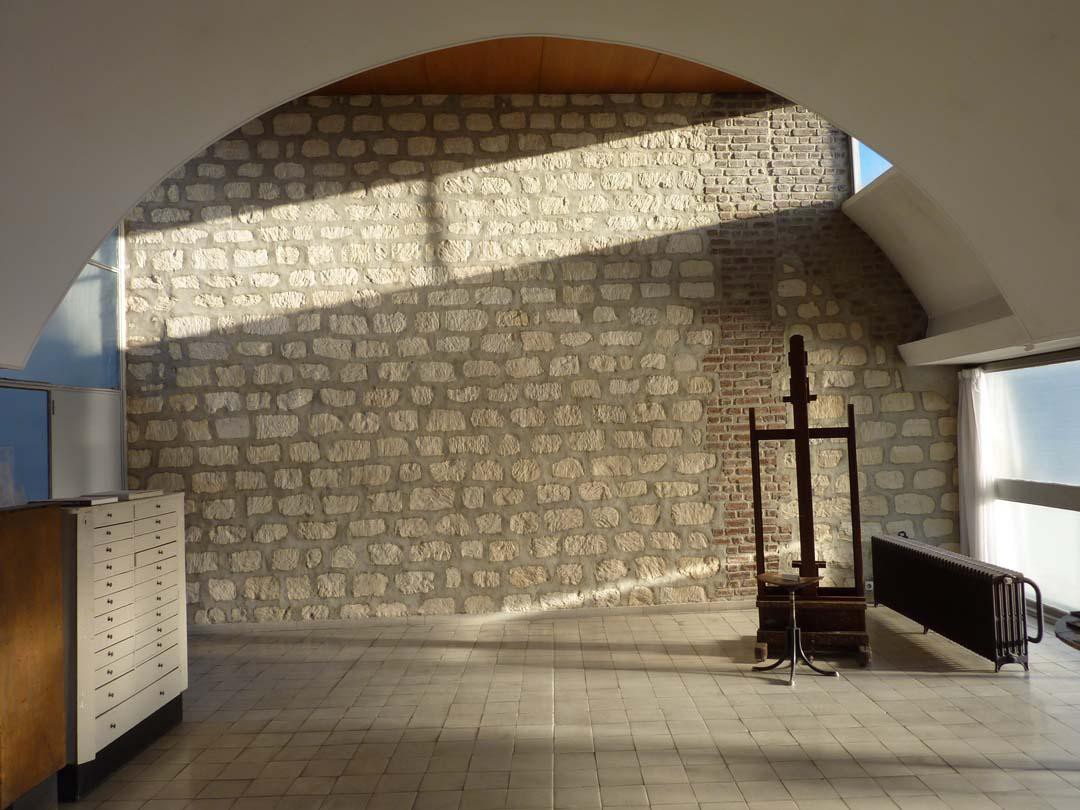
Cement tile at the studio of Le Corbusier (source)
majestic beauty, infinite possibilities
as she began working with cement, learning its history, how it was made, its artisan traditions, and the dwindling number of crafts people carrying forward those traditions, she realized how extraordinary a material it was.
yes, it was strong and durable. but there was also cement’s unique ability to hold pigment, to create crisp patterns, to be formed into dimensional shapes, to be mixed with other materials. handcrafted cement yielded incomparable depth, sophistication, and character, avoiding the appearance of a flat color, granting greater nuance and depth. (and it literally is a matter of depth: because of the way handcrafted cement tiles are made, the pigment and pattern aren’t just a superficial surface feature. this means that cement tile can be refinished, and while it will patina, it will maintain a softened color and pattern for decades — if not centuries.)
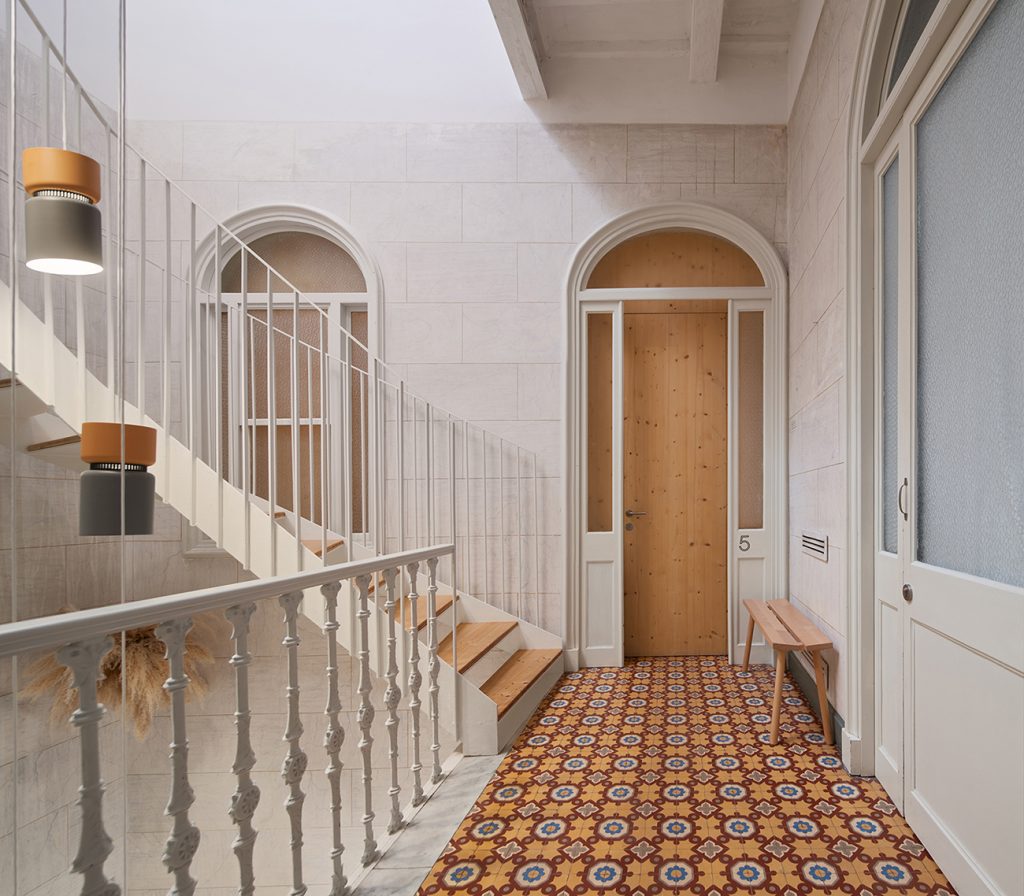
Original cement tile floors in a renovated building in Barcelona, Spain. (source)
Osburn saw how powerfully expressive a material cement could be in the right hands — and also what an unsung hero it was. done right, each tile was a work of art. and so, as she was founding clé, she made it her top priority to find the cement artisans who could make the most of that miraculous material.
doing the heavy lifting
clé pioneered handcrafted cement tile in the US, and as all pioneers know, introducing something new is rarely easy — even if that “new” has been around for centuries in the rest of the world.
first, there was bias. say the word “cement” (even if you called it “encaustic cement”) and people immediately thought of workaday concrete — industrial, functional but hardly elevated, and certainly not worth paying a premium for.
next came uncertainty. early customers weren’t quite sure how to use it: did they have to glaze it? where could they use it? how would it wear? was it really hand-crafted? or alternatively, why wasn’t it perfectly uniform?
and so began the process of laying the unglamorous but essential foundations for cement tile’s success: research; rigorous testing; creating quality standards. then came education: for clé, that meant creating resources so customers could understand what they were buying, how to install it, and care for it.
holding back to move forward
it also meant bringing in the right mix of color and pattern. at that time, American design was inspired by mid-century modernist restraint and zen understatement: homes were awash in soothing seas of grey and beige (and greige).
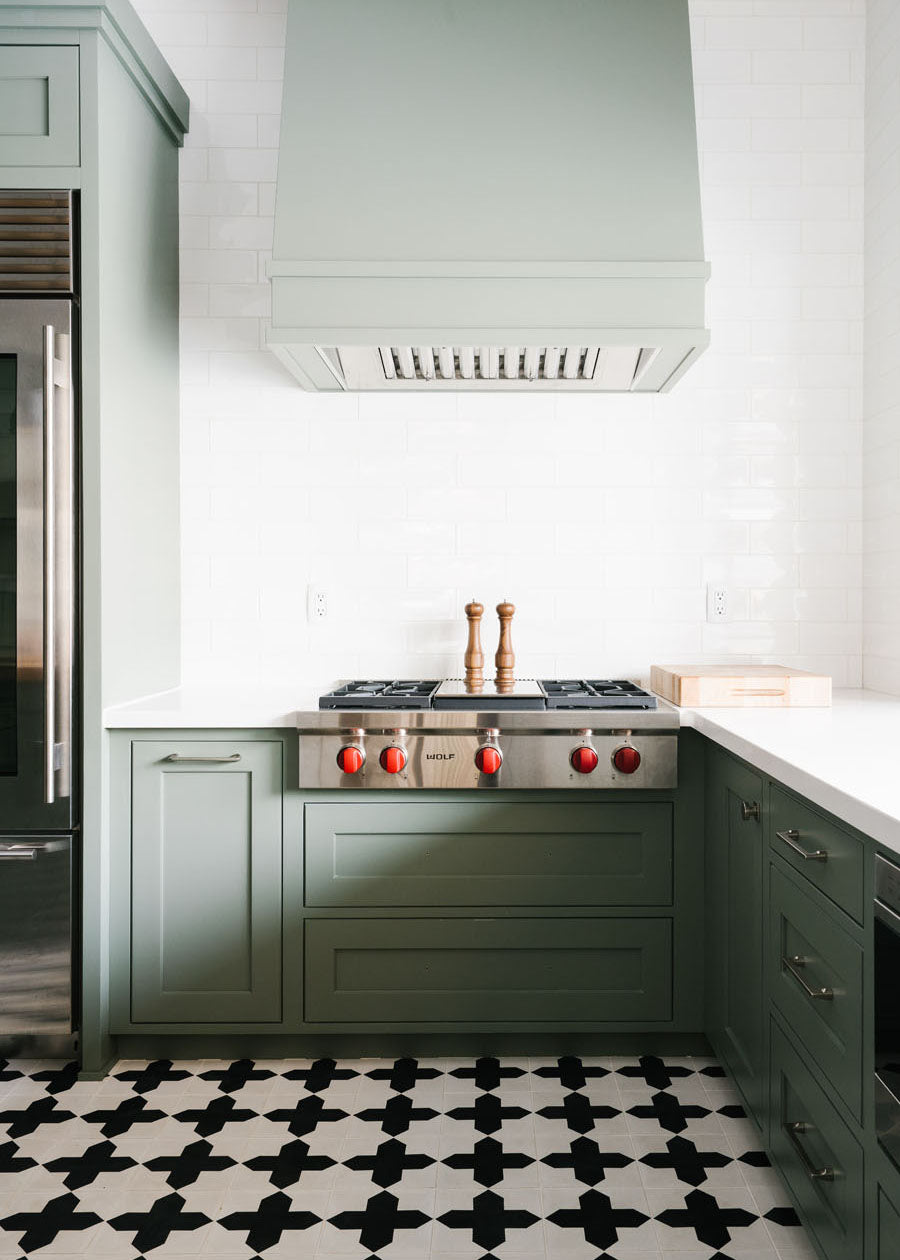
clé cement standards in compass. Design: house of jade interiors / photo: travis j. Richardson
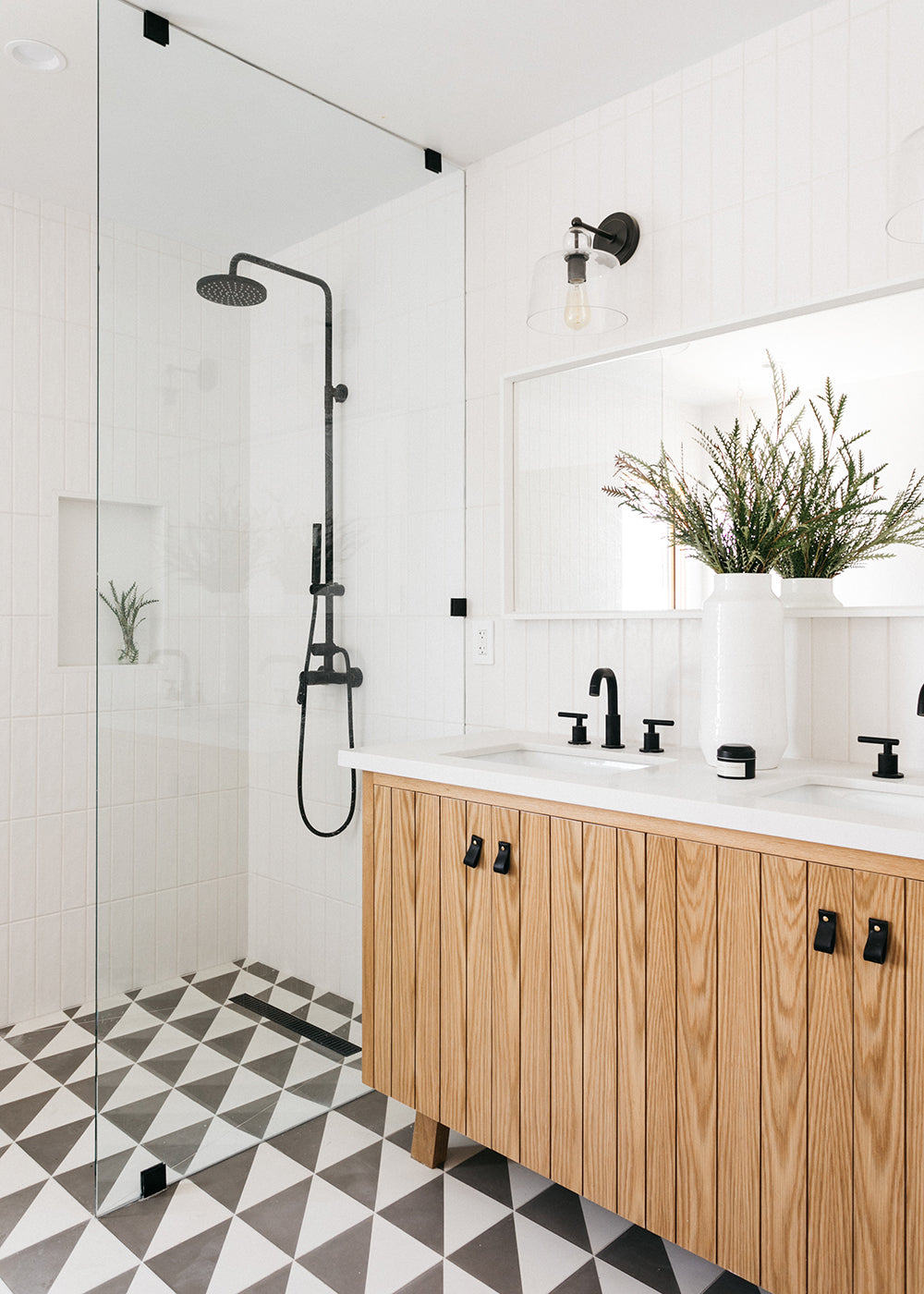
clé cement standards in slant. Photo: Virtually Here Studios
so, despite her love for the richly chromatic tile of Europe and Latin America, Osburn held back.
she decided to launch clé’s cement offerings in black, gray and white, with a soupcon of blue, green, terracotta and other select accents — neutral and nature-inspired, but still handmade, still evocative, and with patterns from traditional to playfully modern. similarly, shapes were standard squares and rectangles with traditional hexes and scallops.
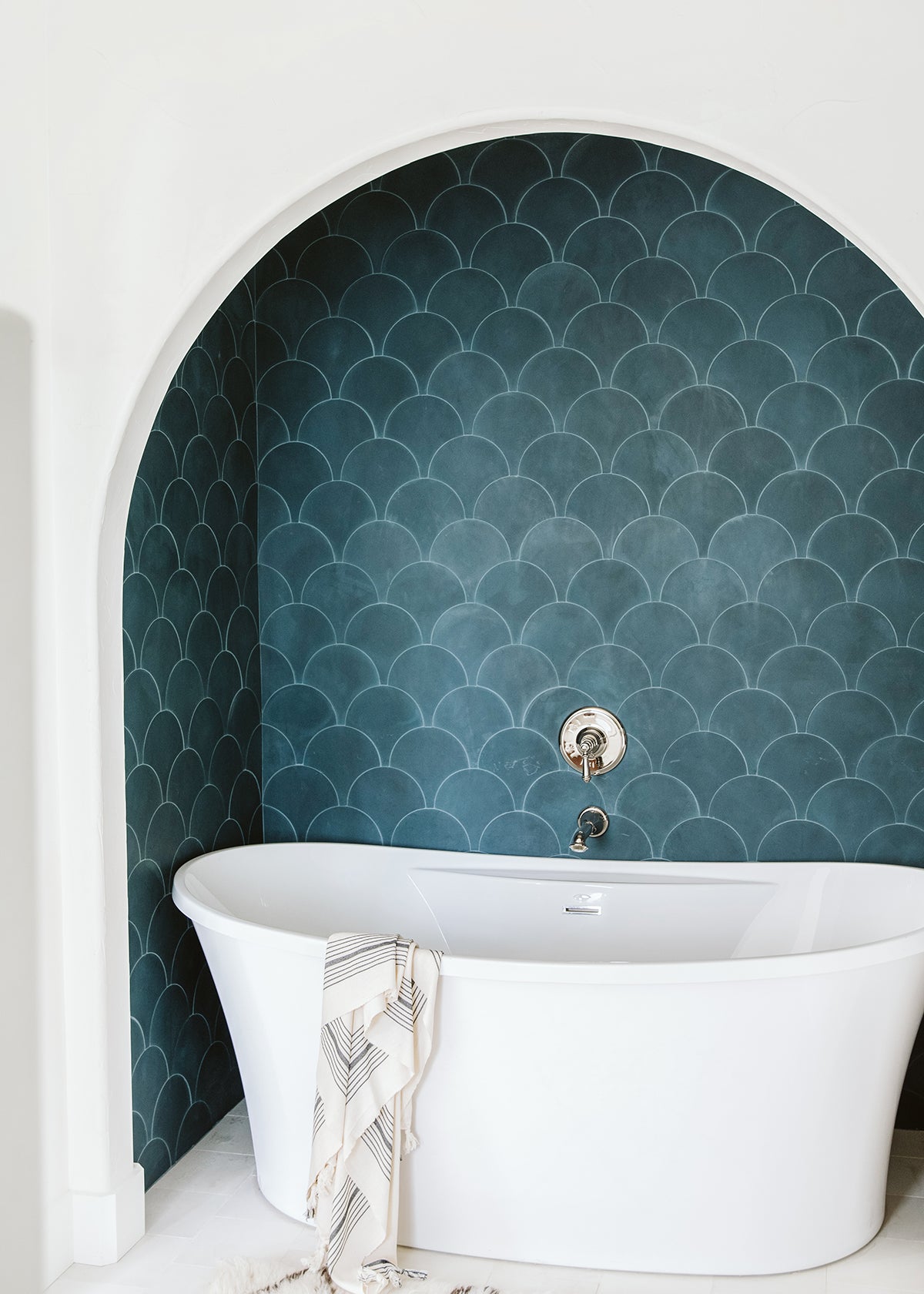
clé cement scallops in federal blue. Design: mul.mac architecture / photo: tessa neustadt

clé cement 2x8 rectangles in metal. design/photo: apartment 34
she wagered that even in a relatively sedate palette and in classic shapes, high-quality handcrafted cement would enchant Americans as it had the rest of the world.
slowly, clé’s cement won over its audience who were seduced by its silky-matte finish, the possibilities of pattern (both contemporary and traditional), and just the right sprinkling of color for the era. over time, cement tile made its way onto backsplashes and into bathrooms and home kitchens, and restaurants and hotels and workplaces.
and ten years on, the cement tile clé painstakingly pioneered has become a design standard.
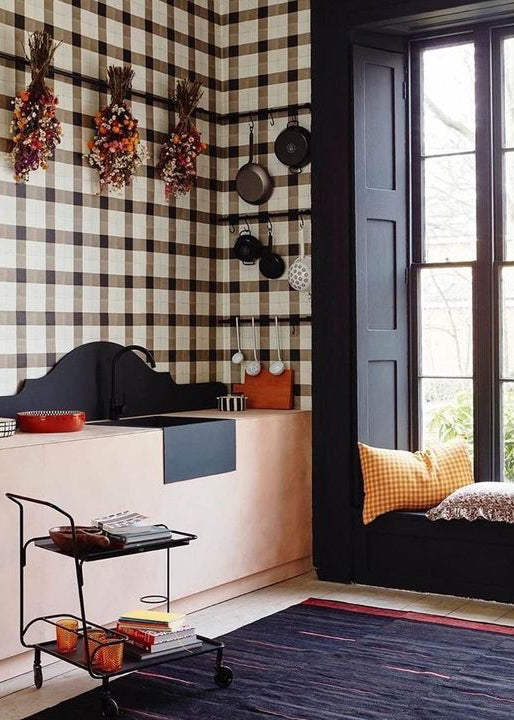
clé cement standards in checkmate. Design: Ruth Sleightholme + Gabby Deeming / photo: Yuki Sugiura for house + garden UK
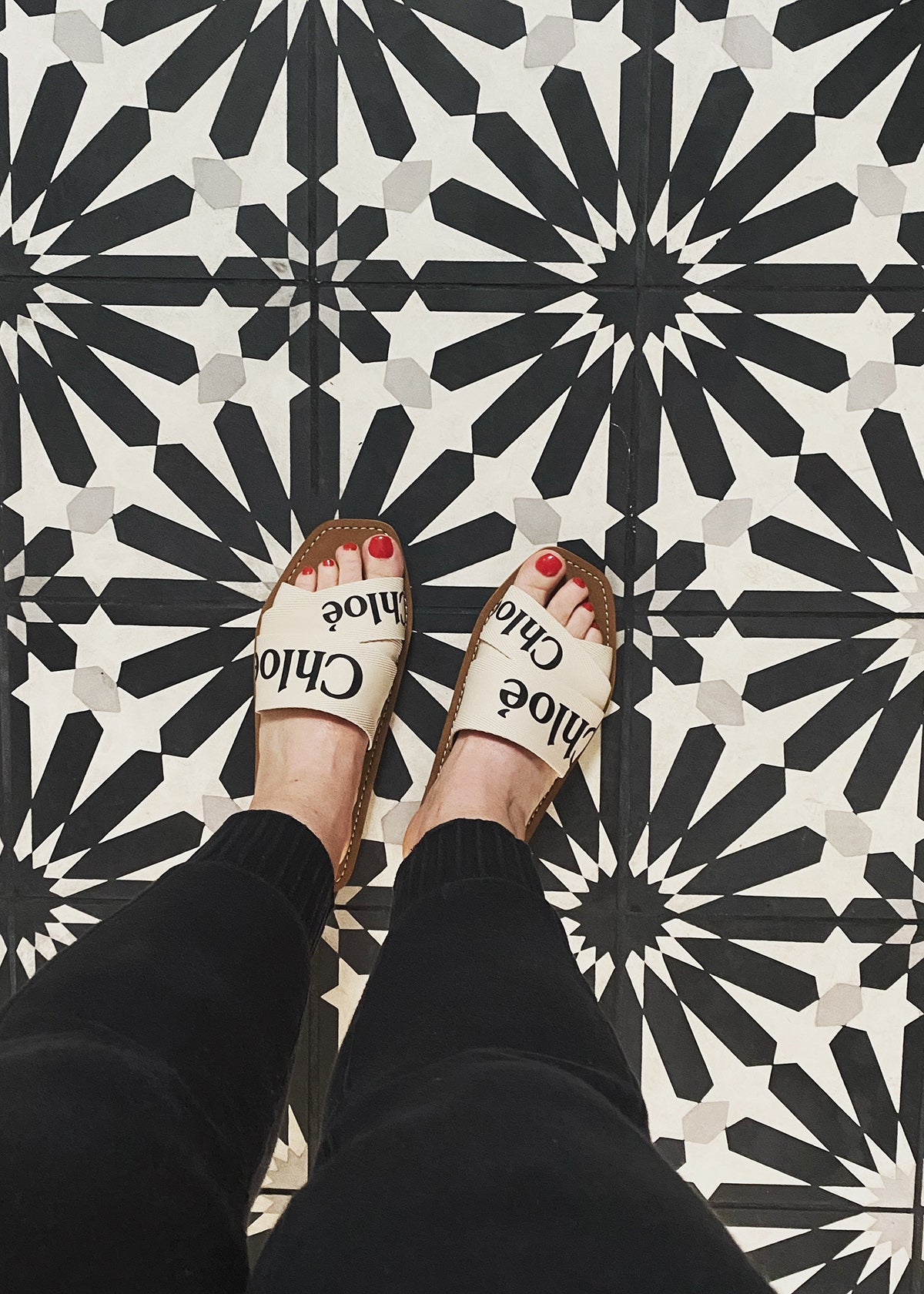
clé cement standards in big al. photo: Candace Powell
falling in love again: the new era of cement takes shape
despite the success of clé’s cement tile offering, Osburn had been longing for the time when her original vision would be ripe for the market... that there could be more... so much more. more life, more emotion, more movement, more excitement. a riot of color. pattern both wild and not-so. big formats. small ones. new shapes, sculpture… but it wasn’t time, not yet.
over that decade, the team at clé kept refining their understanding of the material, learning how far you could push it, how intricate and complex the patterns (and their underlying molds) could be — and new ways to use it, pair it, design with it as richly and powerfully as it is throughout the world.

Clé cinema collection: pavimenti casablanca star + cross in flowerpot
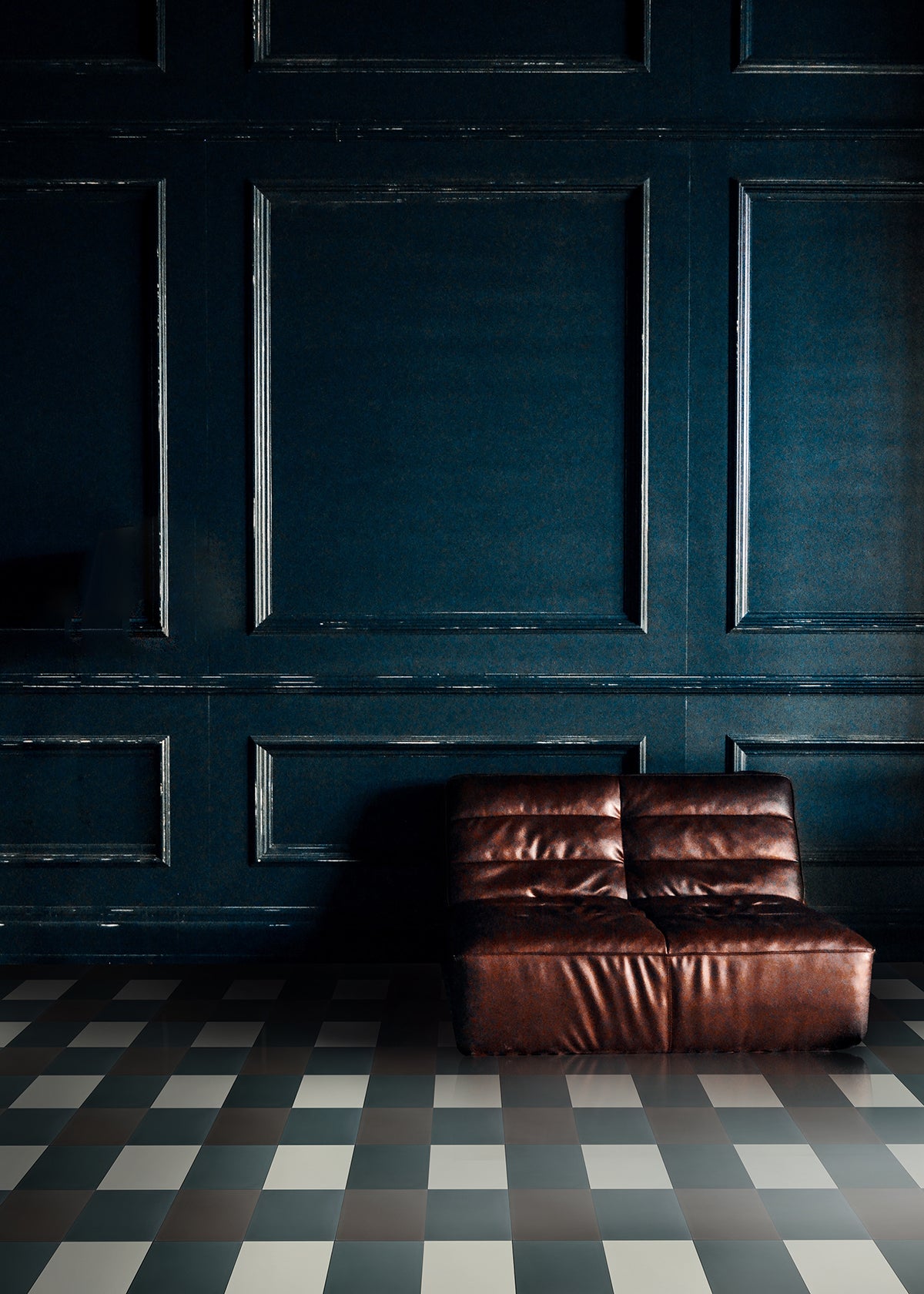
clé cinema collection: mythology trio in mallard, charcoal + paste
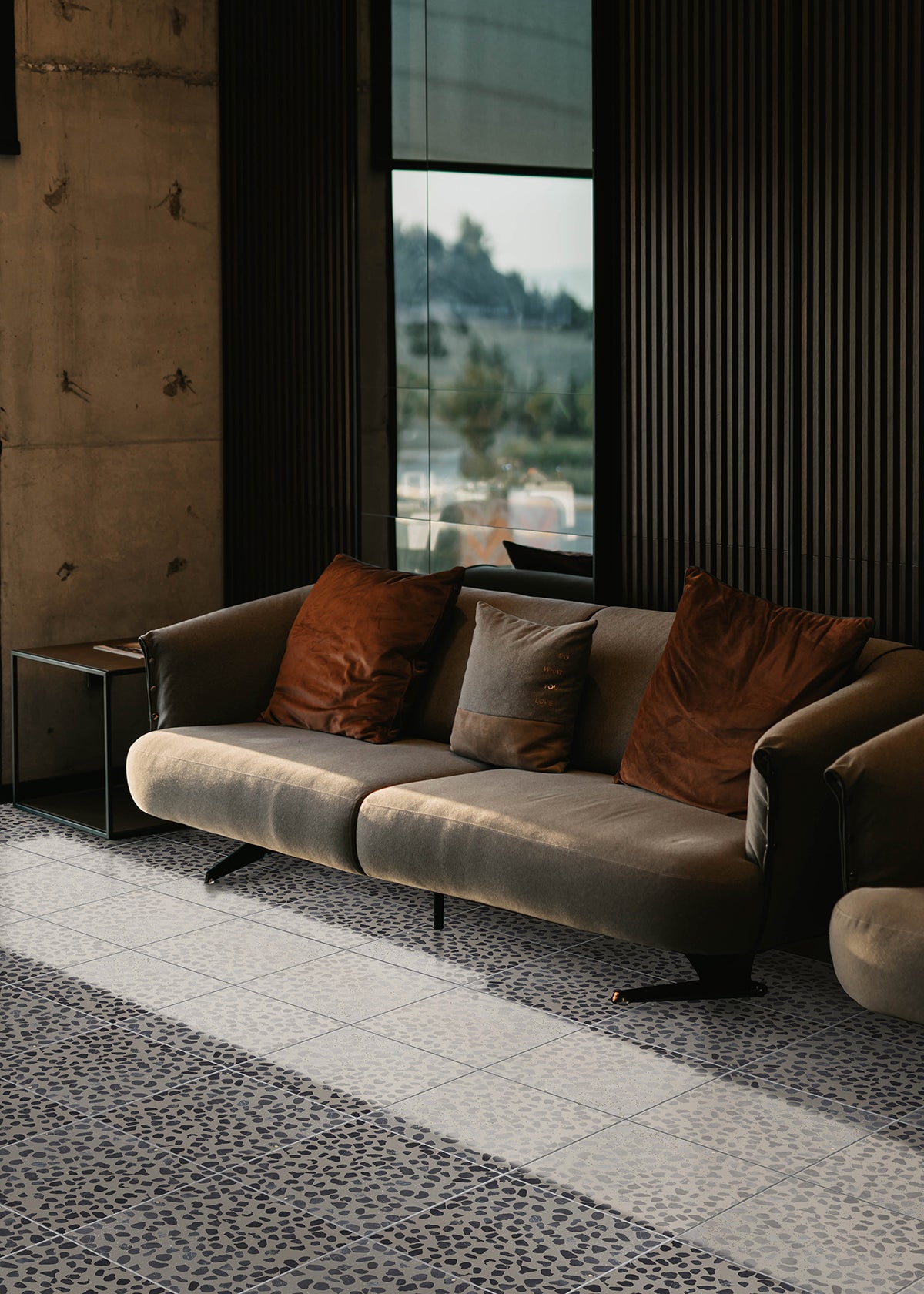
clé cinema collection: dolci terrazzo in toronne I in ferro
fast forward to 2022. it was finally time for a new era of cement, one in which soul-stirring color, movement and shape played starring roles, a collection clé calls — aptly — the cinema collection.
it’s time again for cement to be in the spotlight.
It’s time to fall in love with the new era of cement.
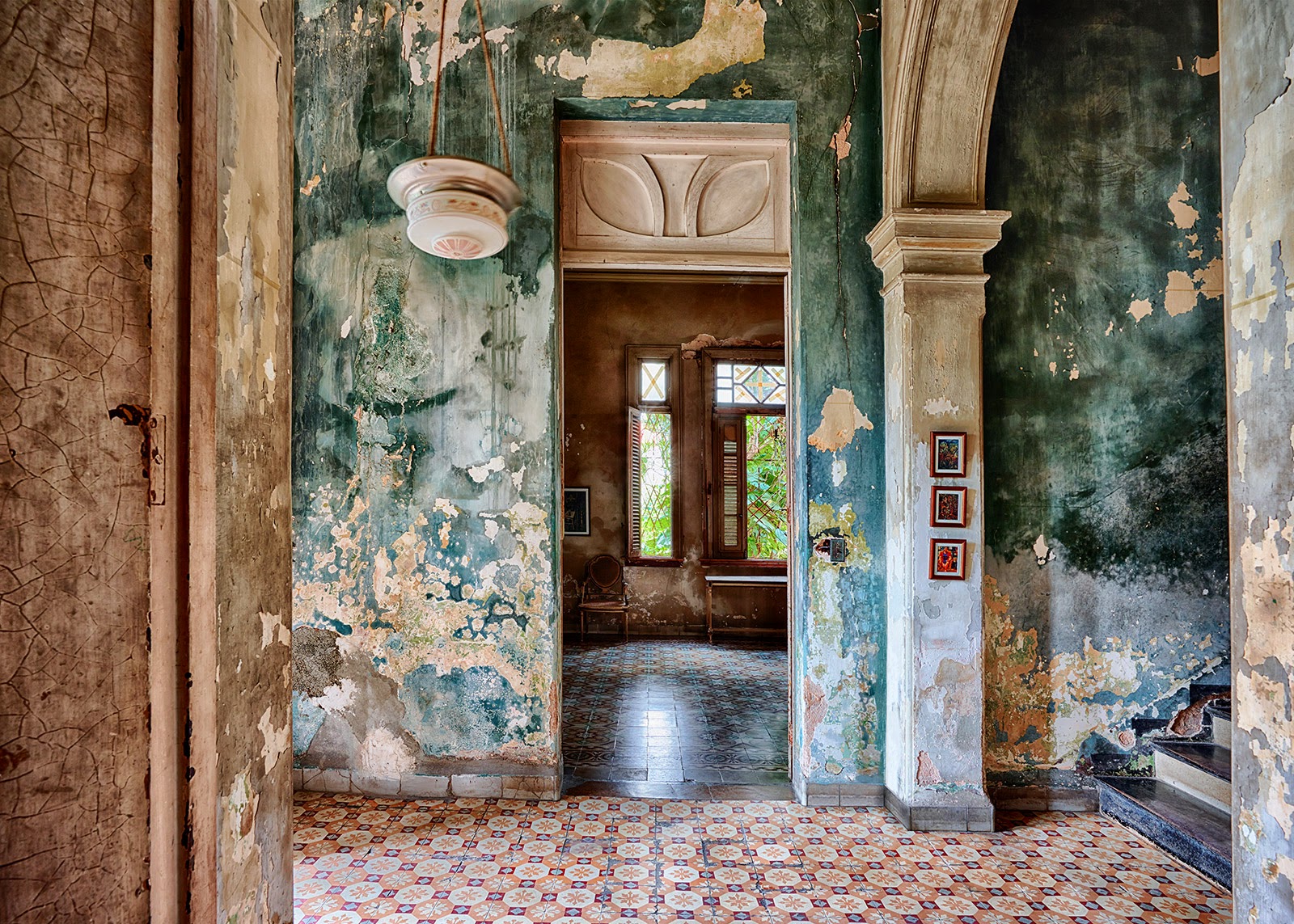
House of Fifa by Werner Pawlok. Havana, Cuba (source)

